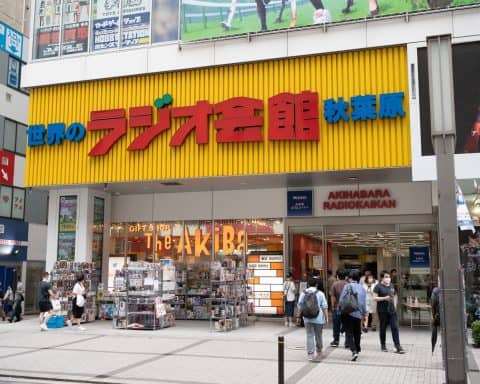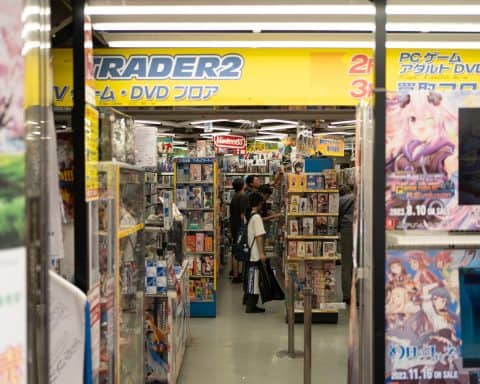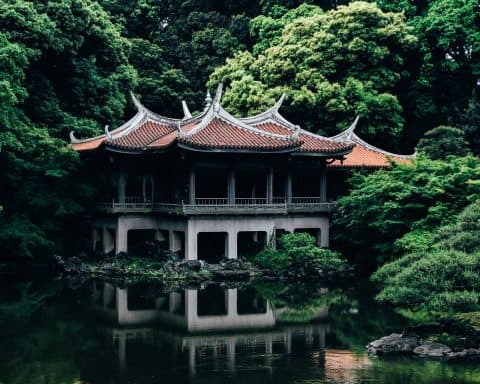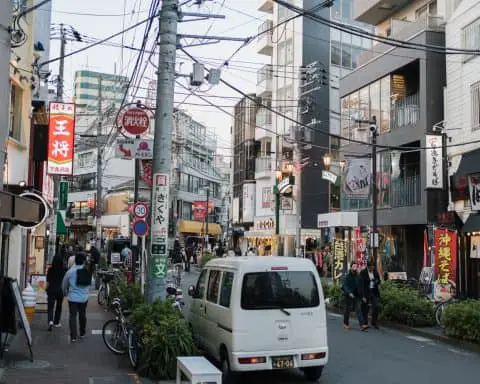As an Amazon Associate, I get commissions for purchases made through links in this post. At no extra cost to you! ^_^
I’ve been looking forward to starting a series on skiing in Japan. My top two favorite things! But let’s get one thing cleared up straight out of the gate. If you’re thinking about planning a ski trip to Japan, let me save you the trouble of reading this article.
DO IT!
It will without a doubt be the greatest ski trip of your life. Especially if you’re riding on one of these 11 Japanese snowboard brands, or these Japanese ski brands!
Sure there’s likely to be an increased expense due to its location and it’s probably a little more logistically challenging to arrange than North America or Europe, but that extra effort will pay dividends when it comes to skiing.
Do I need to learn Japanese?
I’m gonna have to level with you, sadly it’s not possible to become fluent in Japanese over the course of a few months or even a year. (HA! I wish…)
BUT! That doesn’t mean you can’t learn the basics of the language.
Most of the larger resorts will be properly set up to cater to foreign guests and will speak a good amount of English, but even trying to speak a few words here and there will go a long way to helping you get the most out of your trip and purely out of kindness to the locals.
If you’re venturing a long way out to a slightly smaller resort, take your phrasebook with you!
I’ve also got an entire section on the website devoted to learning the basics of Japanese, so check it out if you want to get prepared early!
Quick vocabulary lesson:
Both ‘Ski’ and ‘Snowboard’ are inherited from their English counterparts, hence the use of Katakana.
Skiing – Sukī (スキー)
Snowboarding – Sunōbōdo (スノーボード)
1. Don’t plan your trip around New Year
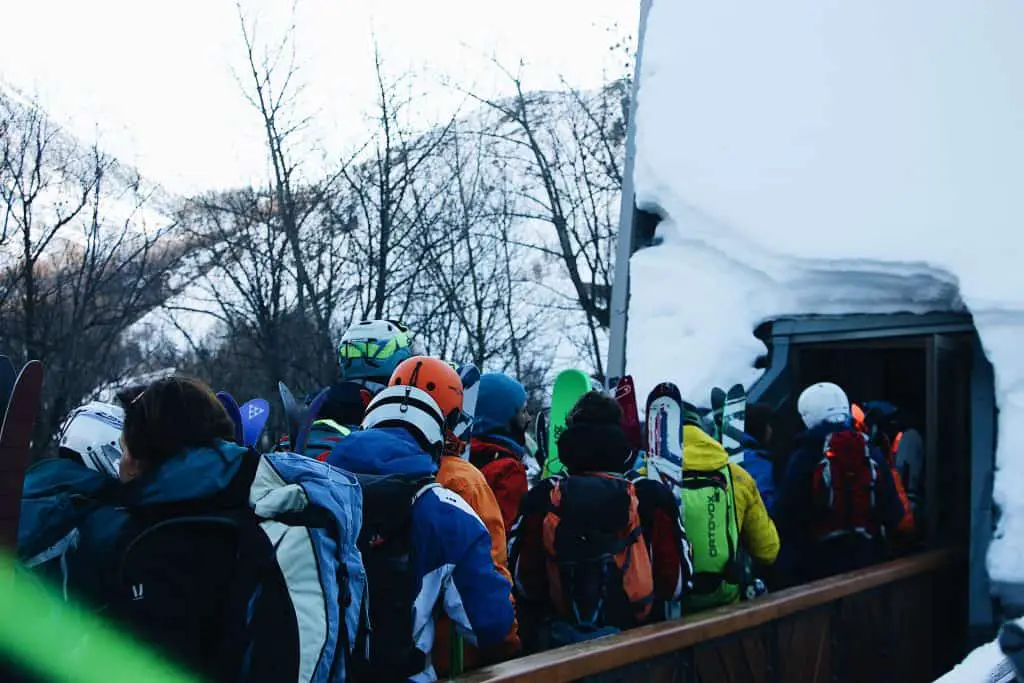
This is almost a universal truth with skiing, New Year is a busy time.
However, in Japan, it’s even more of a reality.
You see, in Japan New Year is a far bigger time for celebration than Christmas. And what does that mean for the slopes? They’ll likely be a LOT busier.
New Year’s day (January 1st) is a prime culprit as it also falls under a national holiday.
With New Year being a big celebratory time in Japan, people are more likely to take the time off from work, as opposed to other times in the year.
And with full-time employees in Japan only able to take 10 days of paid leave in their first year, you can bet they’re bound to make the most of it (by skiing!) rather than just sitting around.
Don’t let me stop you if you have your heart set on skiing in Japan around New Year, but it will likely be the busiest time during the ski season.
Remember, back-country is always an option if you’re up to the challenge. There’s even an option to Ski on Mount Fuji!
2. Japan is the snowiest place on earth
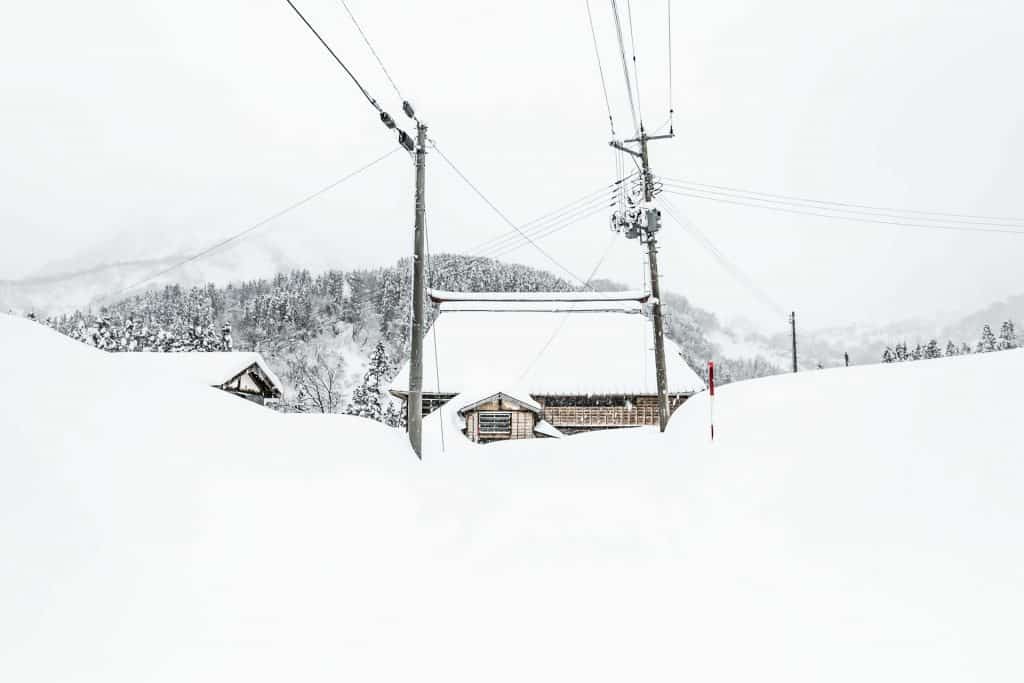
One great thing to know about Japan is that no matter when you book your trip for, it’ll be DUMPING the entire time.
If you’re interested in learning why that is and where the snowiest place in Japan is, take a look at this article.
Of course, not every year will be record-setting, But you can be confident there will be enough snow on your trip as the average amount is between 300-600 inches each winter season.
So what does this mean for your skiing holiday in Japan? It means you need to have the right gear.
It’s likely your all-mountain skis won’t cut it if they aren’t wide enough underfoot. By all means, take them with you if you can, but be prepared to hire out a set once you’re here. Even if it’s just for a day, it’ll be the best day of the holiday!
Also, make sure your clothing is up to scratch. At the very least that should mean a powder skirt in your jacket, quality gloves, great socks, and no holes in any of your clothes!
Ideally, you should have some bib trousers, but I understand if that’s not possible because they can be a little expensive.
Japan’s snow, often referred to as ‘Champagne Powder’ is normally extremely dry which should make the whole experience and lot more pleasant. Nothing worse than being soaked through after a day on the mountain.
So grab some fat powder skis, and a snorkel, and charge through those trees!!
3. Taking an Onsen is a right of passage
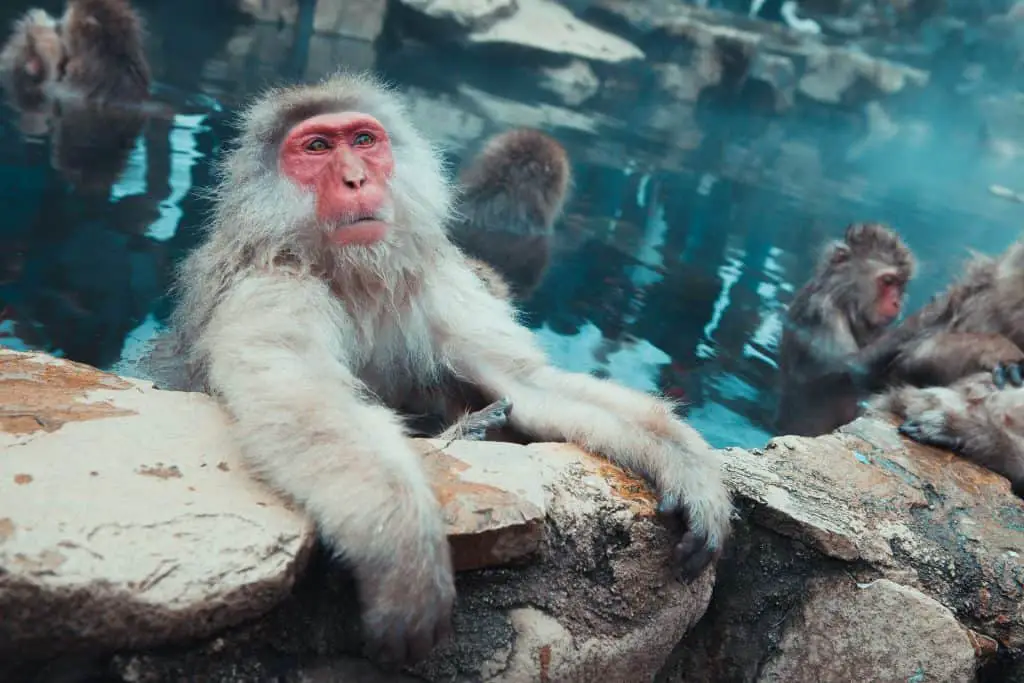
Whilst you may be used to taking a dip in a hot tub after a hard day skiing, in Japan they do things a little differently.
I’ve been lucky enough to ski in the alps a number of times and had access to a hot tub from the chalet. However, I’ve been a number of other times where that isn’t the case and I realize it isn’t exactly the norm.
In Japan, everyone has access to an Onsen!
Public Onsen:
- Often less than $10 per person to access
- Many different options throughout your local town
- Pretty much anywhere throughout Japan
- Definitely the most authentic Japanese experience
- Often separate baths for men and women
- Normally no bathing suits are allowed
Private Onsen:
- Probably best for families
- Clothing allowed
- Men and women allowed in the same baths
- Prices are often higher than public Onsen
- Sometimes harder to find in smaller (or sometimes any size) towns
- It may be more suited to the experience you’re looking for
Whichever route you chose, make sure you have one after you go skiing.
I would recommend going for a public Onsen if you get the chance because it’s honestly unlike anything you’re likely to find around the world.
Plus, most of the larger ski resorts in Japan understand that tourists from the west may be uncomfortable bathing without clothes and around strangers so they’re set up accordingly.
Just type the name of the ski resort you’re in (or planning to go to) to google and then either ‘Public Onsen’ or ‘Private Onsen’ after it.
Hopefully, it’ll show a few results for each and you can make your decision.
Make sure to double-check with your hotel because it’s likely you’re closer to a Japanese Onsen than you think!
One day soon I’ll write an entire guide on visiting Onsen in Japan, but until such a day, that’s your best bet.
4. Apres ski is likely different from what you’re used to

Your mileage may vary, but Après Ski in the Alps consists of French beer, Cheese fondue, and wine!
Side note: If you love Après Ski and happen to be in France, take the time to visit La Folie Douce. They’re the purveyors of incredible Après Ski.
I hear it’s slightly different in the U.S and Canada, but having yet to ski there, I can’t comment.
Japanese Ski resorts take it a slightly different way… Well, very different!
As we’ve already discussed, Après Ski in Japan almost always starts with an Onsen no matter who you are or where you’re staying.
After your Onsen, you’ll probably head out to one of the local restaurants for some Japanese cuisine. It’s extremely likely that the food options you’ll have here will be very different from those you’d have at a European or North American ski resort.
Even if you aren’t too adventurous with food, I urge you to try your best as Japanese cuisine is absolutely incredible.
If you’re headed out to Niseko or another Japanese resort with a group of friends or family, Shabu Shabu is a great meal to share.
Think of it like a hot pot. It’s a broth served with meats, vegetables, and other things like udon, rice, and dumplings on the side (to dip in). It’s an easy way to experience Japan’s food culture and not too daunting!
After the meal, you’ll be heading to an Izakaya (Japanese pub) where the rice wine and saké will be flowing freely into the small hours of the morning.
If you’re lucky, you’ll have stumbled into a Karaoke club. A venue extremely popular with people from Japan on a night out.
So get your singing voices ready!
P.S You’re likely to be put in a karaoke club with a group of strangers if there aren’t enough of you. A great way to make friends!
5. It’s incredible for those chasing off-piste tree-skiing
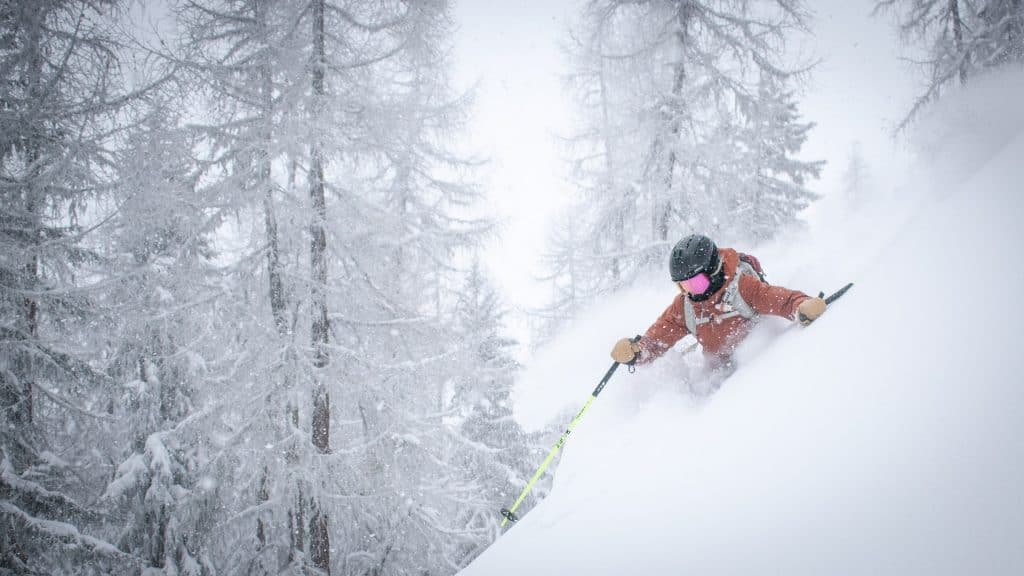
We’ve already established that Japan has a huge amount of snowfall every year, and that’s great news for you powder hounds!
Whilst you’ll probably be greeted with incredible amounts of the stuff no matter where you go, there is one place that year after year proves to be the best.
Niseko in Hokkaido.
As someone who recently made the trip from Sapporo to Niseko by train for an epic ski trip, I can attest to the fact that it truly is an awesome place to go riding!
So make sure to book your trip there if you really want the best chance of great ski conditions!
Due to its topography, Japan also benefits from thousands of trees on its slopes. Perfect for those of you who have mastered the art of tree skiing.
6. It’s equally incredible for beginners learning to ski
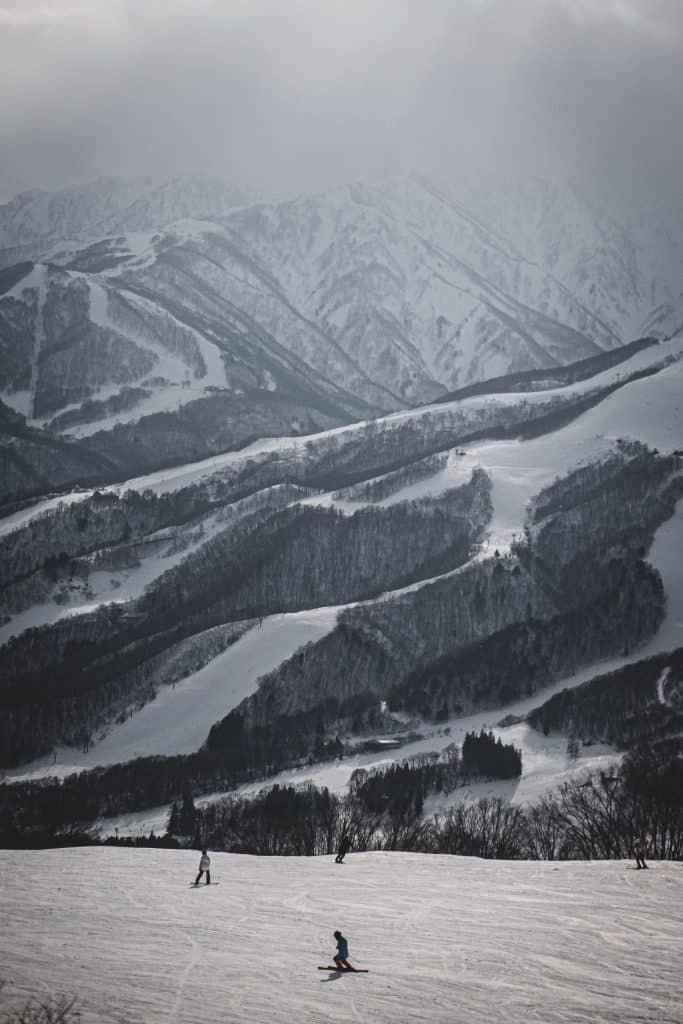
3 years ago I took my partner for her first ski holiday in Chamonix. Those of you who know anything about that resort will know that maybe it’s not entirely ideal for beginners.
A popular resort that’s easy to get to from many countries nearby, high difficulty runs, and no ski in-ski out facilities. In hindsight, it probably wasn’t the best idea I’ve ever had…
Japan on the other hand is somewhere I would 100% recommend for beginners IF you are able to get out there.
Pros for beginners learning in Japan:
- Quieter slopes – For lots of people, Japan is a bucket list destination and that’s largely due to its location. I imagine lots of people from America would rather opt for an internal ski holiday due to the convenience, especially if traveling with family. The problem is that most people have the same idea and slopes inevitably get more crowded.
- Beginner-friendly terrain – Very few of the slopes in Japan top 2,000 meters which means a lot of the time you’re skiing on a flatter gradient than in many places in Europe.
- Great Conditions – Even though Japan isn’t home to the highest of resorts, it doesn’t need the altitude for the extreme amounts of snow it gets every year. Siberian winds blow in the snow from the northwest which means less ice, more snow, and an all-around more pleasant skiing experience for beginners.
Of course, I can’t guarantee this will be your experience, but it’s absolutely more likely that other ski destinations.
7. A ski guide might be worth the money
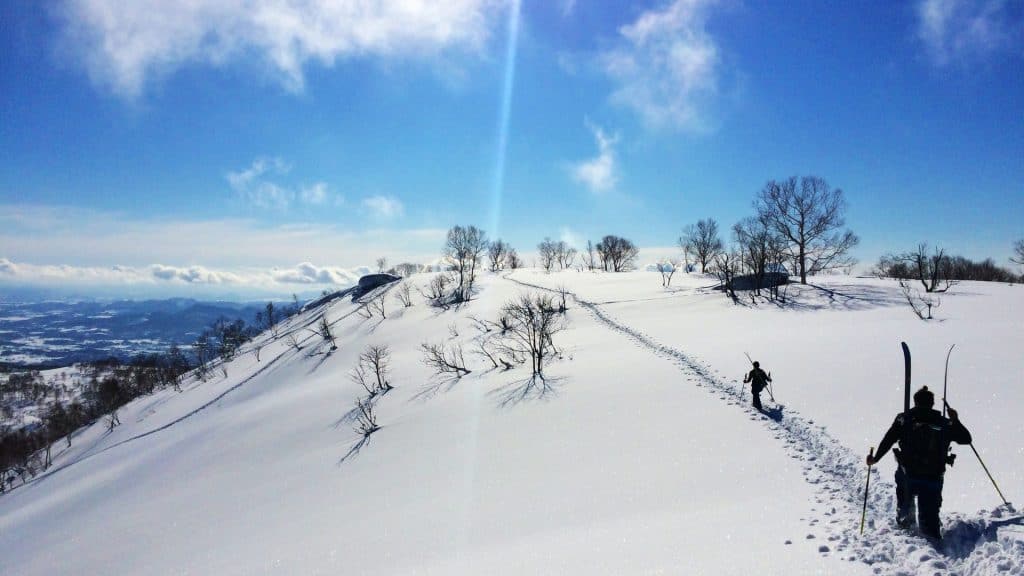
Less steep mountain faces make the perfect conditions to give ski touring a go.
In fact, it’s likely you’ll probably be at the level to ski off-piste far before you think you are. And the main reason for this is easy gradients and friendly conditions.
Of course, only you know if you’re truly ready, but it’s something you shouldn’t just outright rule out before you go.
Almost all of the resorts in Japan will offer some sort of off-piste tour with varying difficulties depending on who is in the group.
If you can fork out enough for a chalet, some of the top ones in Hokkaido even include a cat skiing tour.
That’s an absolute dream of mine so if you do end up going, make sure you send me a picture!
Even if you don’t think you’re at the level to be touring, Japan offers the perfect landscape to give it a try.
8. You’ll need to carry cash
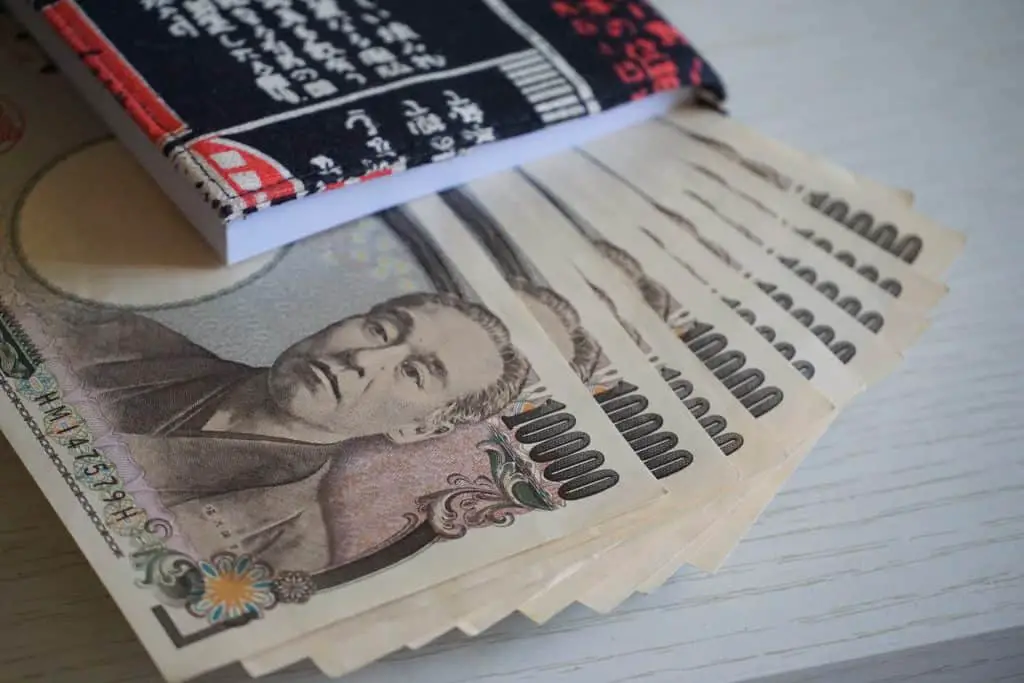
You don’t need to learn every small detail about Japanese culture to go skiing in Japan (You can do that here if you want to!) but there are a few things to remember that will make your life a lot easier.
The first, and likely most important thing to keep in mind is that Japan is a cash-centric country.
There are quite a few reasons for this, but as far as you’re concerned it just means you need to exchange some cash before you fly over.
You can take it out of a cashpoint when you’re here, but they don’t operate like other places and it’s all a little confusing so probably best to do things beforehand.
9. The smaller resorts ooze charm and culture

Let me start out by saying that when you plan a ski trip to Japan, you’ll be spoilt for choice when it comes to resorts.
Take a look at this list of Japanese ski resorts and tell me you aren’t impressed.
Sure, you’ve probably heard of the big few like Niseko, Rusutsu, and Hakuba, but some of the most intimate and authentic experiences can be found in the smaller towns.
And yes, you might not get the best nightlife or the most incredible terrain, but it will give you the feeling that you’ve truly immersed yourself in Japan’s culture.
Some of the best and smallest resorts are:
Seki Onsen: One double chair lift, one single chair lift, and a whole load of powder! It’s a family-run ski resort with a hell of a load of old-time character for those of you who just want to ski.
Hakkoda: With only 5 marked ski runs, this is absolutely going to be one of the smallest resorts you’ve ever visited. Most of the terrain is geared towards intermediate skiers, but the resort’s main pull is the stunning backcountry. Best to visit in January and February, when there is the highest chance for some deep pow!
10. It’s a snowboard heavy country

Whilst I don’t have conclusive proof that snowboarding is more popular in Japan than skiing, it’s certainly a destination that’s well suited to the borders.
Skiing down icy mountain faces in the alps is something I strangely enjoy, but it’s not so easy to enjoy it on a board.
We use fat skis to give us more ‘float’ in the snow, so the extremely wide snowboards are truly at home only when they’re drowning in powder.
And as we’ve seen previously, Japan is the snowiest place in the world and has some of the best quality snow for powder skiing making it the perfect hangout for snowboarders.
Almost all of the Japanese ski accounts I follow on Instagram are pretty much entirely boarders. Maybe that’s some evidence of its popularity, or perhaps I’ve got stuck in an Instagram rabbit hole…
Here’s a list of my favorite Japanese Instagram accounts you should be following!
11. It’s Just special.

At the end of the day, skiing (or boarding) in Japan is just undeniably special.
If you’ve never visited the country before, it’s likely to be a culture shock. And that’s before you’ve even got the slopes.
It may be an over-romanticized view that I have, but it honestly feels as though you’re in a completely different world. Extremely kind people, the snowiest place on the entire planet, incredible food, and hot springs.
What more could you honestly ask for on a ski trip?
If you get the opportunity to go, take it with open arms!





